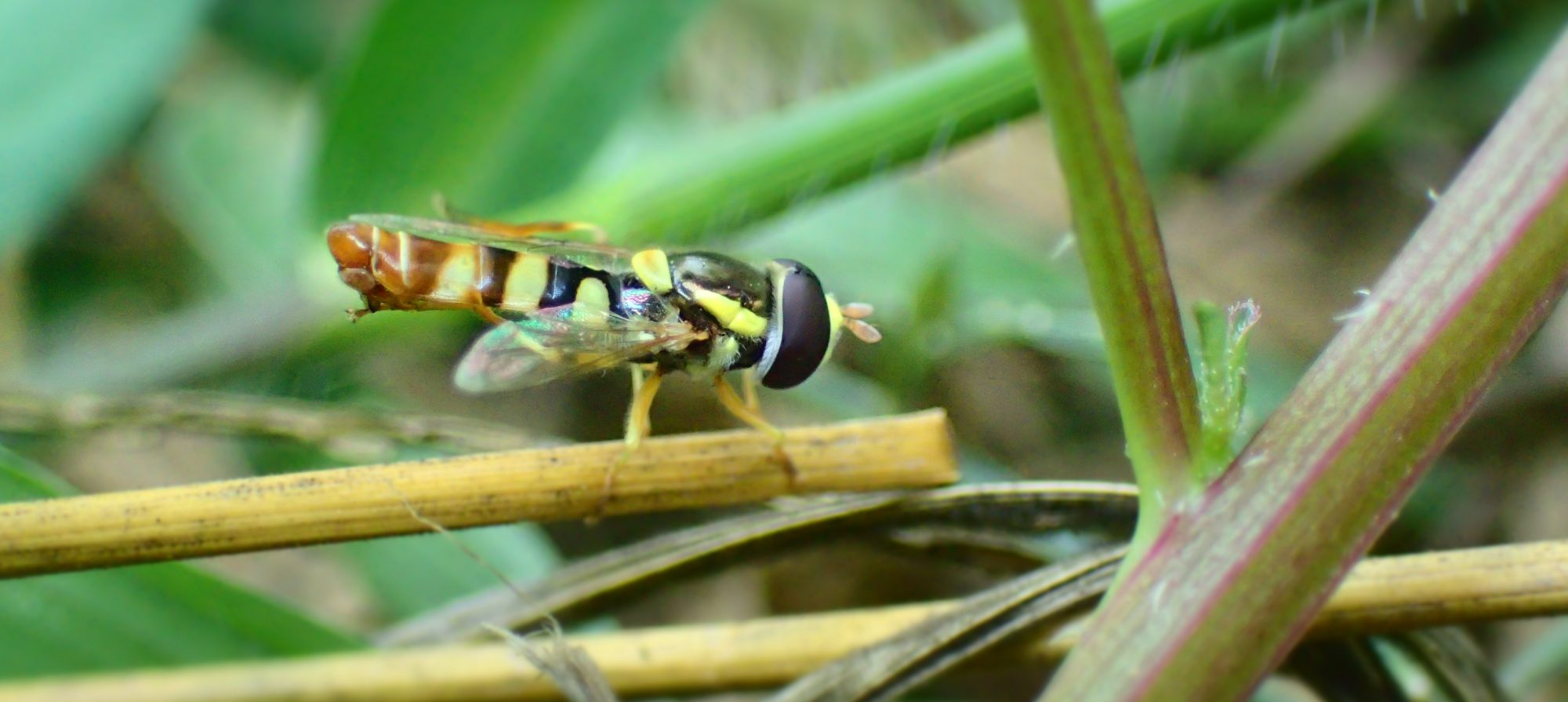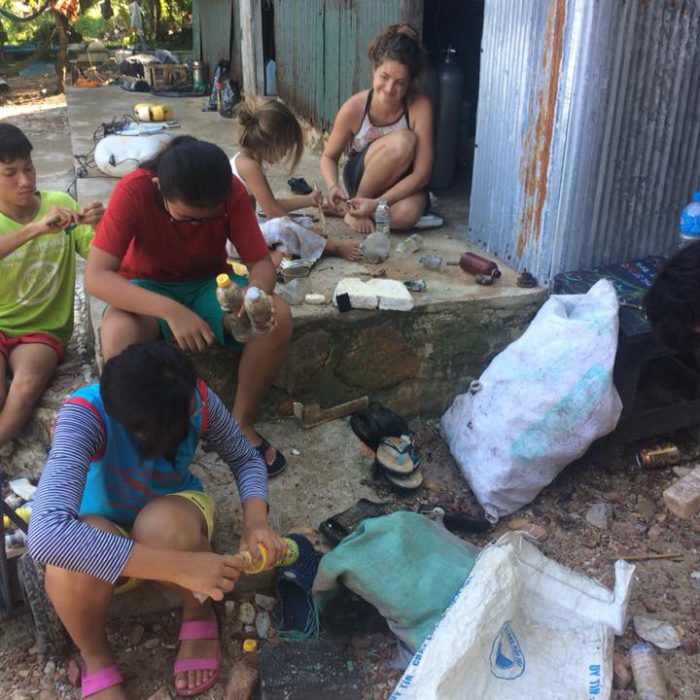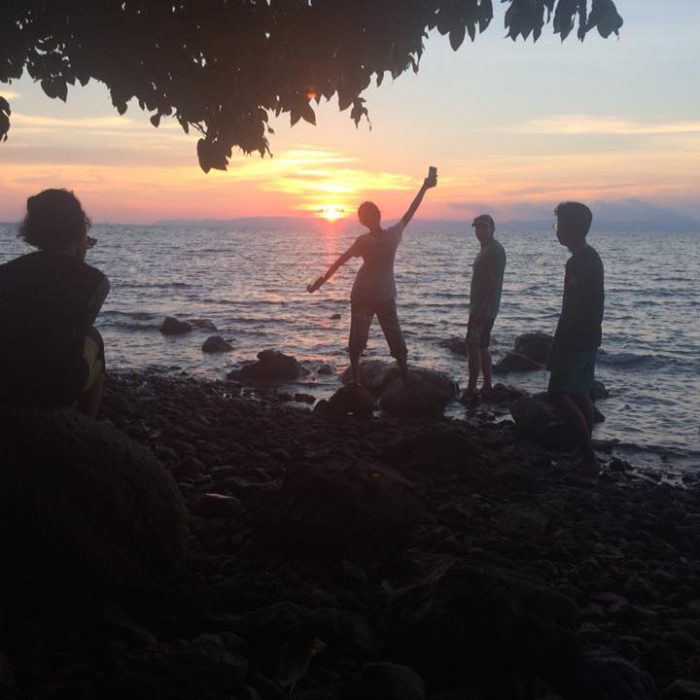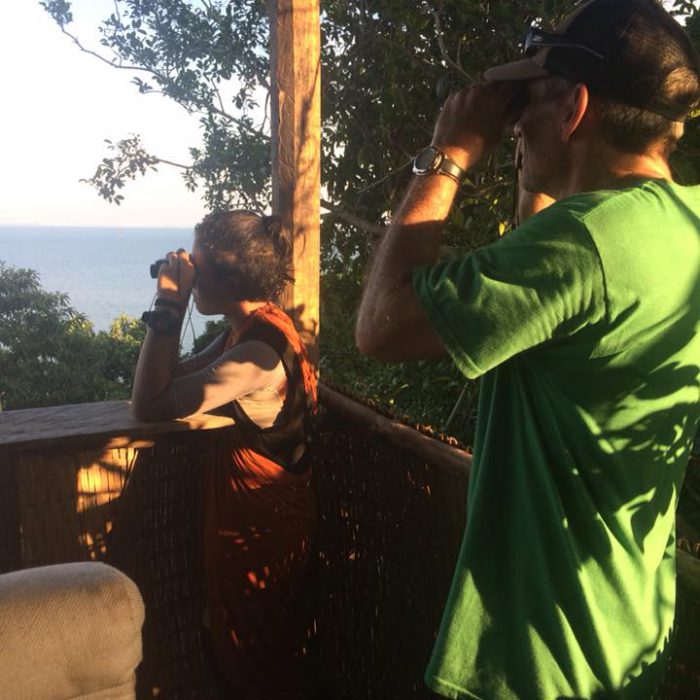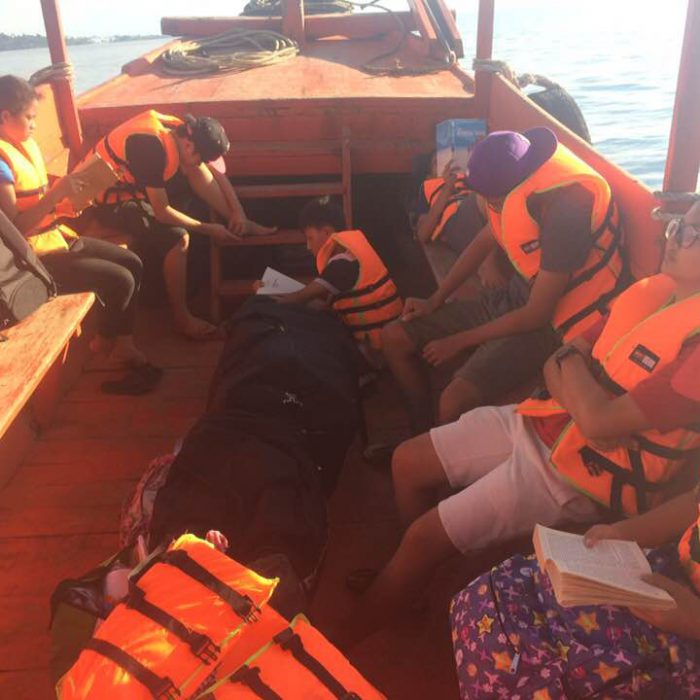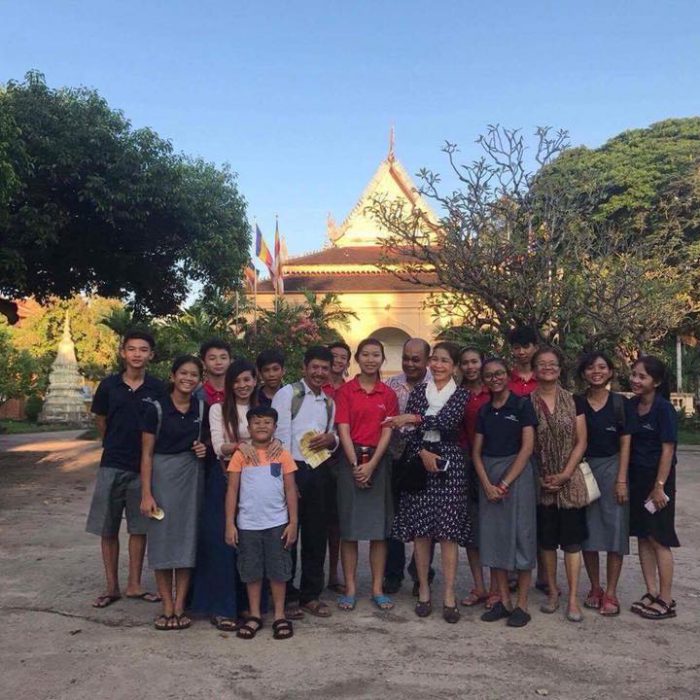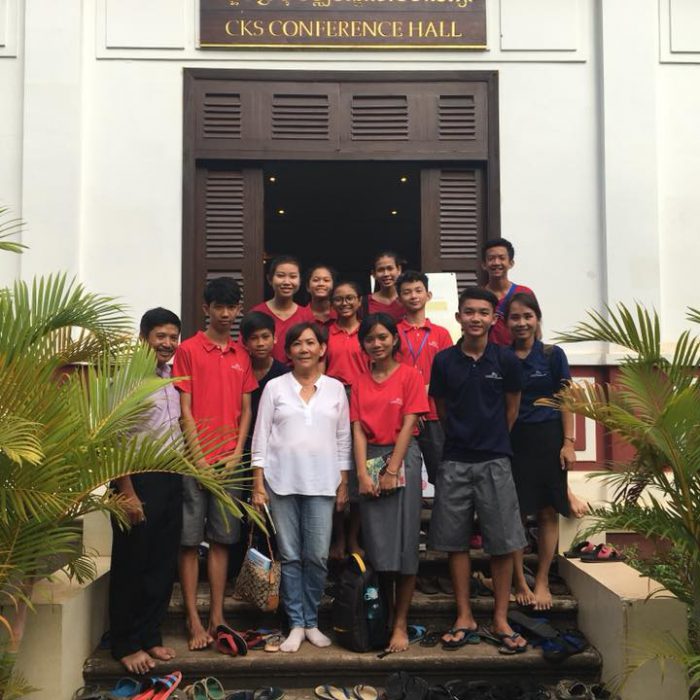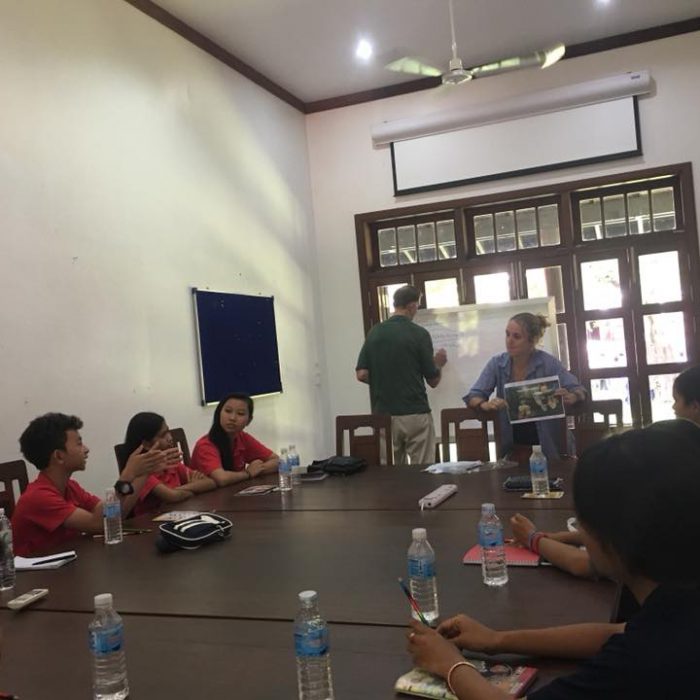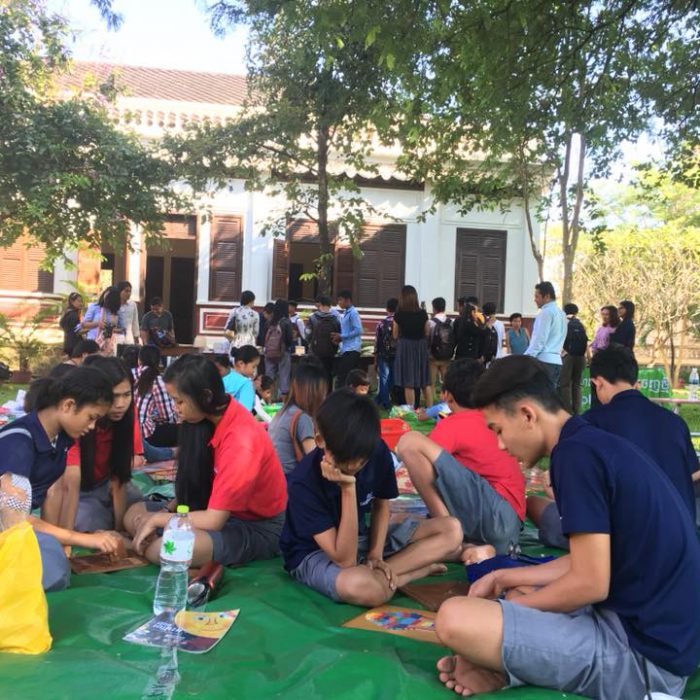As had been mentioned in the previous blog post, Future Food expertise and extension is dedicated to working on things that we hadn’t done in Future Food exploration. In this expertise, we worked mainly wiring the power supply, which is one of the components of the automated system of the hydroponics system that we implemented. Once finish working on the power supply box, we worked mostly on the water flow system, as well trying to install the sensor that will measure the water flow rate and the quality of the nutrient solution.
Future Food Exploration
As the population increases, more is needed, that includes living space, water, and food supply. Responding to the needs, hunger may be a problem since there would be less space for agriculture usage which would supply us food. Future food is an exploration where we peeked into a corner of the solution for the problem stated above. In this particular exploration, we focused on implementing a hydroponic and a green roof system since these systems would take less time for to stabilize compared to other systems, for instance, aquaponic which we had learned from our research. Once deciding the system we would use, we did further research to learn more about the steps we were making. As more research had been done, we learned that we had to make more choices, for an example, the type of hydroponics system we would use, we chose the Nutrient Film Technique (NFT) system. The NFT system is a system where the nutrient solution would be pumped to the growing trays and to the reservoir. Then it would be recycled and circulated throughout the growing system. In this system, growing medium is not a requirement; the root of the plant can be set to swim freely in the nutrient solution. However, this can only be used to grow leafy light-weighted crops. This system suits our need for a couple of reasons; (1) it suits for the crop we want to grow (the most consumed crop in our school; bok choy and lettuce), (2) there is an organization (RDI) we know that had implemented this system, therefore we would more support and a place to look to while we try to implement our own system, and (3) it is less complex compared to other hydroponic systems. Since there were two things we hope to implement, we divided the exploration members into two teams, one to work on the green roof and the other to work on hydroponics. I was assigned to hydroponics, where I and my partner, Rathanak work mostly on calibrating censors that will be used to automate the hydroponic system. I and my partner worked with Ph, conductivity and some other sensor. We also worked on testing to the acid that would be needed to be used to lower down the Ph of the water nutrient solution at some point of the growing cycle once the system started running. Towards the end of the exploration, we work on making the power supply box and the brain of the automated system, where the signal would be sent around to different sensor once something went wrong, for an example the water nutrient solution don’t have the right conductivity standard. During the exploration, we went out on a few trips to learn more about hydroponics as well as buying supplies to build the system. One of the trips was RDI which had been mentioned earlier. Despite all the effort, every member put into bringing the system alive, we could not get it done by the end of the exploration so we continue working on it in expertise and after-school extension time.
LMRT Trip | December 7th – 10th
Although this was the last trip of 2017, it was not the least. We had been really productive. By the second day on Koh Seh we took our invertebrate identification test and practice our navigation skill underwater and by the next day, we did our first official transect practice survey. The survey starts with two people laying the 100 meters transect line, followed by two people doing the fish survey, then two people doing the substrate survey and two people doing the invertebrate survey. My role was to conduct the fish survey with Venghour. Conducting the survey we established neutral buoyancy and swim by each side of the measuring tape. When the survey starts we would swim really slowly and record any fish that is in the are of 2.5 meters away from the measuring tape on the side we are assigned to. Then we would stop every five meters for our one minute break to make sure we didn’t miss count any fish. Lastly, we would skip five meters for every 20 meters that the survey covered to reduce bias, meaning we did four 20-meter transect surveys. Below is a visual of what the survey looks like.
During the practice survey, I saw many fish species with includes eight-banded butterflyfish, golden trevally, long-beaked coral fish, sergeant fish, cardinal fish, black-spot snapper and wrasses and a remora. At some point of the survey, we eliminate the one-minute breaks to make sure we have enough air for the whole survey. Beside from the practice survey and the invertebrate test, I did a lot of beach clean up which is something I proud of doing.
LMRT Trip | November 16-19
On this particular trip, lasting from November 16-19, LMRT is focusing on practicing marine survey and substrate identification ability assessment. As usual, on the way to Koh Seh island, we review what we’ve learned and read our books. There, all our dive were focused on transect survey practice. For the first dive, we had to do everything by ourselves to practice our transect survey. Laying the transect line was one of our main problems. I could feel myself floating on the surface all the time when holding on to the safety marker buoy (SMB) while laying the transect line. After that dive, my dive instructors figure that I need more weight to help me descend into the water. They also learned that they need to teach us one skill at a time, then teach us to combine the skills together to learn a more difficult skill like marine surveying. For the next dives, we only need to swim with neutral buoyancy and record everything we see there. Though things we had to do were reduced I still had a lot of troubles. I felt very uncomfortable swimming with my new weight; which made it hard for me to control my buoyancy. I felt the need to move my legs all the time to keep my neutral buoyancy, which made me swim very fast; it was too fast for the survey. I couldn’t write everything I saw when I finished the survey. I continued to have the similar problem every day while trying to adjust to my new weight until my last dive of this trip, where I got used it.
Beside the dives, I took the substrate identification test and got involved in projects with people at MCC (Marine Conservation Cambodia). MCC is an organization that is working protecting the marine life. With MCC’s people, I did a beach cleanup around the island with my dive team, consisting of three other students. In less than an hour, we collected about 28 kilograms of trash, which later was used by the other dive team to stuff into plastic bottles that had been collected in order to make eco blocks. I was also involved in a dolphin survey where I had to use a binocular to search across the sea in a zig-zag pattern, standing up high on the hill. Unfortunately, we did not spot a single dolphin that day, in fact, MCC had not seen any dolphin in two weeks. Even though my expectation was to see a dolphin, I felt very happy to search for them.
Overall, the whole trip was a very good experience. I felt like I was already a part of protecting the ocean through picking up the trash and learning to do an underwater survey.
LMRT Trip | October 26-29
On the 26th of October, LMRT (Liger Marine Research Team) went back to Koh Seh to practice our SCUBA diving skills as well as taking a test to see how well we identify fish species and learning more about marine surveying. On the second day of being there, our dive instructor planned us a dive where we had to practice our navigation skills underwater. Unfortunately, the visibility was very bad, so we weren’t able to do much.Later that morning, we reviewed for our fish identification test and took it in the afternoon. I felt very nervous when the test started. At first, I did very bad, so the mentor gives me more tips to identify the species which look very similar. For, I second try, I score much better, this time I passed the test. It felt like the most rewarding thing ever especially when we got to dive with the bioluminescence after the test. I swam in the water and release all my tension from the test there while moving my limb around to see the beautiful glitter of the night. The experience made me feel like I had seen underwater firework celebrating the success of passing the test.
Later this trip, we attempt to practice our navigation skills again.We had two dive buddies team dive together, one team lead first and take down the note of the direction they are traveling in, then they would the note our team and the next team had to lead back to the starting point. When my team got the dive slate, we couldn’t understand the writing, so we just use our instinct and the nature around us to find our way back. It turned out that we didn’t get to the starting point, the boat, but we were very close. We just had to swim around 50 meters to get to the boat. On this trip, we also practice surveying with transect line, but on land. We had to practice walking on land with the speed of about 1.5 meter per minute, which is the speed at which we should do the survey underwater. At that point I felt like doing a survey isn’t that hard until I practice a real one underwater on the next trip.
Khmer Literature Festival
On the 20th of October, I and nine other students attend the Khmer Literature Festival. It was a new event, hosting for the time in Siem Reap province. On the first day of attending the event in Wat Damnak Pagoda, I was very impressed and inspired. I got to meet Cambodian expatriates who write a story everywhere they go. I also got to know many young Cambodians authors. For years, many Cambodians including me thoughts that Cambodians are losing interest in their own literature, but now people had proven me wrong. Throughout the event, there were always more and more talks that inspired me. I learned a lot about the development of Cambodian poetry, famous Cambodian authors, and people’s opinion about the development of Khmer Literature. There were also books on sale and really caught my attention; I can’t stop myself buying them. Buying them to support the authors. Buying because I love to read books. Besides all the impression, I felt disappointed and confused, I was hoping to find some Khmer adventure book, but there weren’t any while there are many in English. Though I couldn’t find what I was looking for, the experience was really good. I enjoy seeing people coming together and combat a national problem. I am looking forward to seeing Cambodians getting more interested in their national literature.
English Literacy
In literacy class this year, we are focusing on English grammar and vocabulary. This is meant to improve our English and also getting ready for the SAT test. As part of literacy class, we learned about coming of age and write one about ourselves. Coming of age is an experience from one’s childhood that means a lot to them or changes them and them who they are. Below is my final draft of my coming of age. It is about speaking up to my family for my own thoughts.
Below is my short story.
Book Club
One of my After School Extension (ASE) this year is book club. In this book club, we read a book called “The brain that changes itself” by Norman Doidge. I find the book interesting for many reasons. (1) The book focuses on the brain which is what I like learning about. (2) The book has many interesting stories relating to the plastic brain. (3) One of the most courageous women (Barbara Arrowsmith) I know is also mention in the book. Barbara was born with a brain disability which limits her from understanding relationship, like reading a clock. However, she does not let lead the destiny of her life, she designed her own brain exercise and frequently challenge herself to do things out of her ability. Soon, her brain can function like anybody else’s, and now she working on making brain exercise for bran disabled kids. I also enjoyed reading about how neuroscientists are working towards curing brain disability or problems like autism.
White Building Exploration
As a group of nine students, we are trying to capture people’s thought about the demolishment of the white building. As part of our exploration, we studied about the past evictions in Phnom Penh and the history of the white building. We also traveled to different parts of Phnom Penh and interviewed many people including, the former residence of the building, the government, and the company that invests in the building while taking shots of the urban life and the city. At the end, we put together a documentary, a podcast, a poem, a song and many more creative projects. To learn about the white building and what we had done watch the documentary below.
Tomato Investigation
I had learned that as a reaction to the gravity, plants grow upward towards the sky. The idea got me thinking, “How will plants react being blocked from growing upward?” To answer my questions, I set up an experiment and observed with my own eyes with a hypothesis that the plants will grow upside down through the bottom hole of the bottle when there’s no way for them to grow upward. My initial intention was to observe tomato, but my tomato never actually germinated, so I ended up observing grass. With a clear plastic cover covering the grass, I observed that the grass seems to stop growing when it hits the cover and instead use its leaf to search its way through by having it growing longer and touching the cover. As, a conclusion, grass would stop growing when entering a blockage and use their leaf to search for a new approach in order to grow upward, but dies when there is no way for them to grow upward. My hypothesis ended up being wrong, but it was fun and interesting to see how the grass grow.
